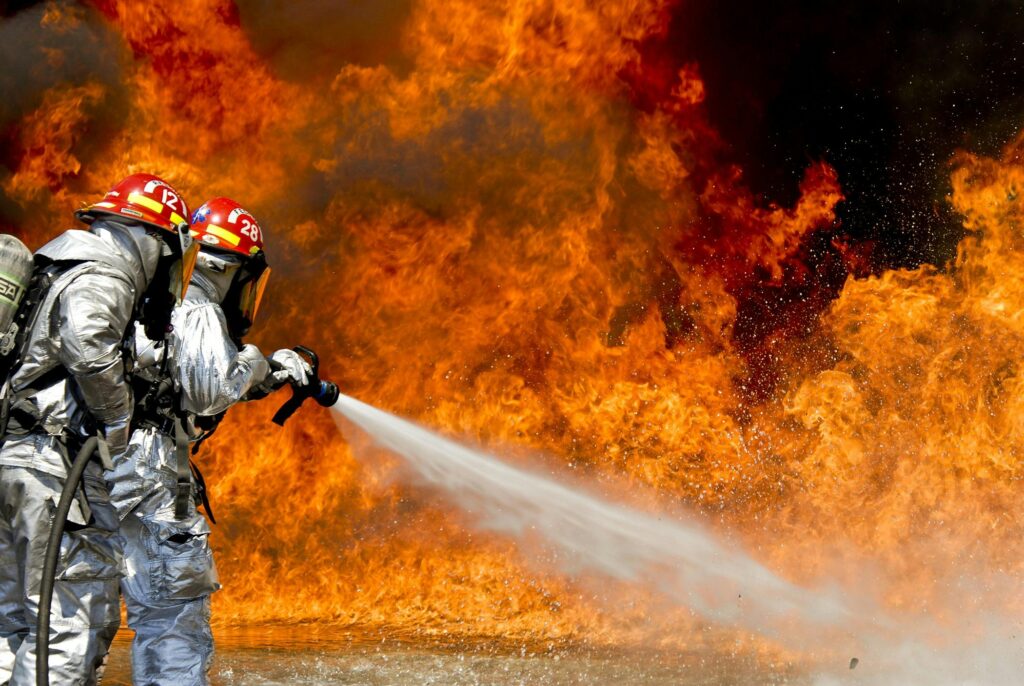All blog posts
“Os-Healthcarepro’s blog delivers clear, reliable healthcare insights for professionals and everyday readers. From expert tips and wellness strategies to the latest medical trends, we simplify complex topics into practical guidance you can trust—helping you stay informed, healthy, and inspired.”
Professional OSHA Inspection Guide: Essential Workplace Safety Compliance
October 3, 2025 | by Steven Johnson
IFS Skills to Address Post-Traumatic Shame
September 29, 2025 | by Steven Johnson
Navigating the 2026 Medicare Physician Fee Schedule Proposed Rule: What Changed and What to Do Now
September 26, 2025 | by Steven Johnson
Rebuilding Trust After Financial Betrayal: A Guide for Couples
September 23, 2025 | by Steven Johnson
Advanced EMDR Therapy Skills: Taking Healing Beyond the Basics
September 20, 2025 | by Steven Johnson
G2211: A Breakdown of One of the Most Difficult Codes
September 18, 2025 | by Steven Johnson
Workplace safety inspections by the Occupational Safety and Health Administration (OSHA) represent a critical component of maintaining regulatory compliance and protecting employee welfare. These comprehensive evaluations ensure organizations adhere to federal safety standards while identifying potential hazards that could threaten worker health and safety.
What Triggers an OSHA Inspection
OSHA prioritizes inspections based on specific criteria that include imminent danger situations where hazards could cause death or serious physical harm. Severe injuries and illnesses requiring hospitalization, amputations, or fatalities must be reported within strict timelines—all work-related fatalities within 8 hours and other serious incidents within 24 hours. Worker complaints alleging safety violations receive high priority consideration, with employees maintaining the right to request anonymity when filing complaints. Referrals from federal, state, or local agencies also trigger inspections, alongside targeted inspections focusing on high-hazard industries with elevated injury rates.
The updated Site-Specific Targeting program for 2025-2026 now utilizes injury and illness data from calendar years 2021-2023, with establishments selected for inspection based on high injury rates from 2023 data. This systematic approach ensures OSHA focuses resources on workplaces with the greatest safety risks.
The OSHA Inspection Process

Pre-Inspection Preparation
OSHA compliance officers conduct thorough research before arriving at any worksite, reviewing inspection history through various data sources and examining operations to determine applicable standards. They gather appropriate personal protective equipment and testing instruments to measure potential workplace hazards. Employers should maintain readily available documentation including OSHA Form 300, 300A, and 301 injury logs, as these documents will likely be requested during the inspection.
Opening Conference and Credentials
The inspection begins with the compliance officer presenting official credentials containing both a photograph and serial number. During the opening conference, the officer explains why OSHA selected the workplace for inspection and describes the scope, walkaround procedures, employee representation rights, and interview processes. Employers have the right to designate a representative to accompany the compliance officer throughout the inspection, while authorized employee representatives also maintain accompanying rights.
Walkaround Inspection
Following the opening conference, the compliance officer and designated representatives conduct a comprehensive walkathrough of workplace areas covered by the inspection. The officer inspects for hazards that could lead to employee injury or illness while reviewing worksite injury and illness records and verifying proper posting of official OSHA posters. The compliance officer will consult privately with a reasonable number of employees during this process.
Updated OSHA Requirements for 2025

Enhanced Penalty Structure
OSHA has significantly increased maximum penalties for violations as of January 15, 2025, demonstrating the administration’s commitment to enforcing workplace safety regulations. The penalty adjustments emphasize OSHA’s focus on ensuring compliance among employers and creating stronger deterrents for safety violations.
Revised Hazard Communication Standards
OSHA has updated its Hazard Communication Standard to improve how employers communicate workplace chemical hazards to employees. These revisions align with the Globally Harmonized System of Classification and Labeling of Chemicals (GHS) to streamline chemical safety information across industries. The updated standards require enhanced labeling, improved safety data sheets, and more comprehensive employee training on chemical hazards.
Updated Personal Protective Equipment Standards
Effective January 13, 2025, OSHA has revised PPE standards for construction workers to ensure proper fit and increased protection. These changes include stricter requirements for equipment selection, mandatory fit testing protocols, and enhanced maintenance standards. Employers must review their PPE policies to comply with these new standards and ensure adequate worker protection.
Proposed Heat Hazard Protections

OSHA has proposed new regulations announced on August 30, 2024, to address heat hazards in both indoor and outdoor work environments. If implemented, these rules will require employers to develop comprehensive heat illness prevention programs, provide adequate hydration and cooling measures, and implement acclimatization procedures for workers.
Essential Compliance Checklist
Workplace Safety Audit
Conduct comprehensive walk-throughs of all work areas, storage rooms, common spaces, and machinery zones to identify electrical, mechanical, chemical, and environmental risks. Review past injury reports, safety meeting notes, and employee concerns while documenting findings with photographs and establishing resolution timelines. Essential areas include walkways and exits, machine guards and emergency stops, chemical storage systems, fall protection setups, and first-aid stations.
Written Safety Programs
Maintain updated written safety programs that reflect current workplace operations and specific departmental risks. Key documents requiring regular review include emergency action plans, lockout/tagout procedures, hazard communication programs, and job hazard assessments. These programs must address fire response protocols, chemical spill procedures, and evacuation plans tailored to each work environment.
Training and Documentation
Implement comprehensive safety training programs covering job-specific hazards, proper equipment usage, and emergency procedures. Maintain detailed training records, safety meeting documentation, and employee acknowledgment forms to demonstrate compliance during inspections. Training must address personal protective equipment usage, chemical handling procedures, and emergency response protocols.
Instance-by-Instance Citation Authority
OSHA Regional Administrators and Area Office Directors now have authority to issue separate citations and financial penalties for each violation rather than grouping similar violations under single citations. This enhanced enforcement guidance applies to high-gravity serious violations including machine guarding, falls, respiratory protection, and recordkeeping violations. Citations may be issued instance-by-instance when violations relate to fatalities or catastrophes, when employers have previous willful or repeat violations within five years, or when employers fail to report required incidents.

Citation and Penalty Process
When OSHA issues citations, employers receive opportunities for informal conferences with Area Directors to discuss citations, penalties, abatement dates, and inspection-related information. Settlement agreements may be negotiated to resolve matters and eliminate hazards, as OSHA’s primary goal focuses on correcting hazards and maintaining compliance rather than collecting penalties. Employers have 15 working days after receiving citations to formally contest alleged violations by sending written notice to the Area Director.
Abatement Requirements
Employers must correct identified violations within specified timeframes, with OSHA conducting follow-up inspections to verify correction completion. Proper record-keeping of inspection findings, violations, and corrective steps proves essential for future inspections and potential citation contests. Maintaining detailed documentation demonstrates good faith compliance efforts and may result in penalty reductions.
Understanding OSHA inspection procedures and maintaining proactive compliance measures protects both employees and organizations while avoiding costly violations and ensuring safe working environments for all personnel.






